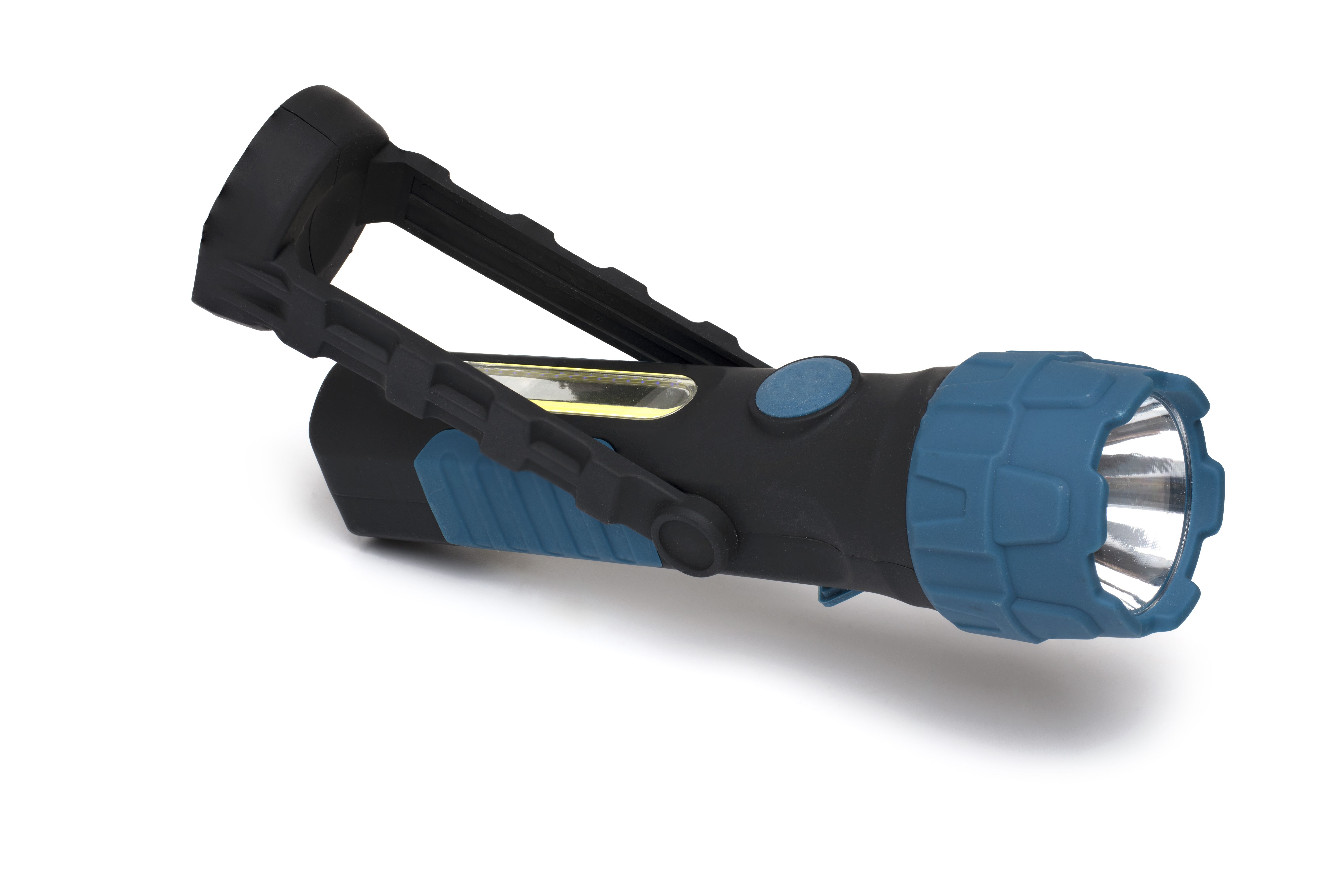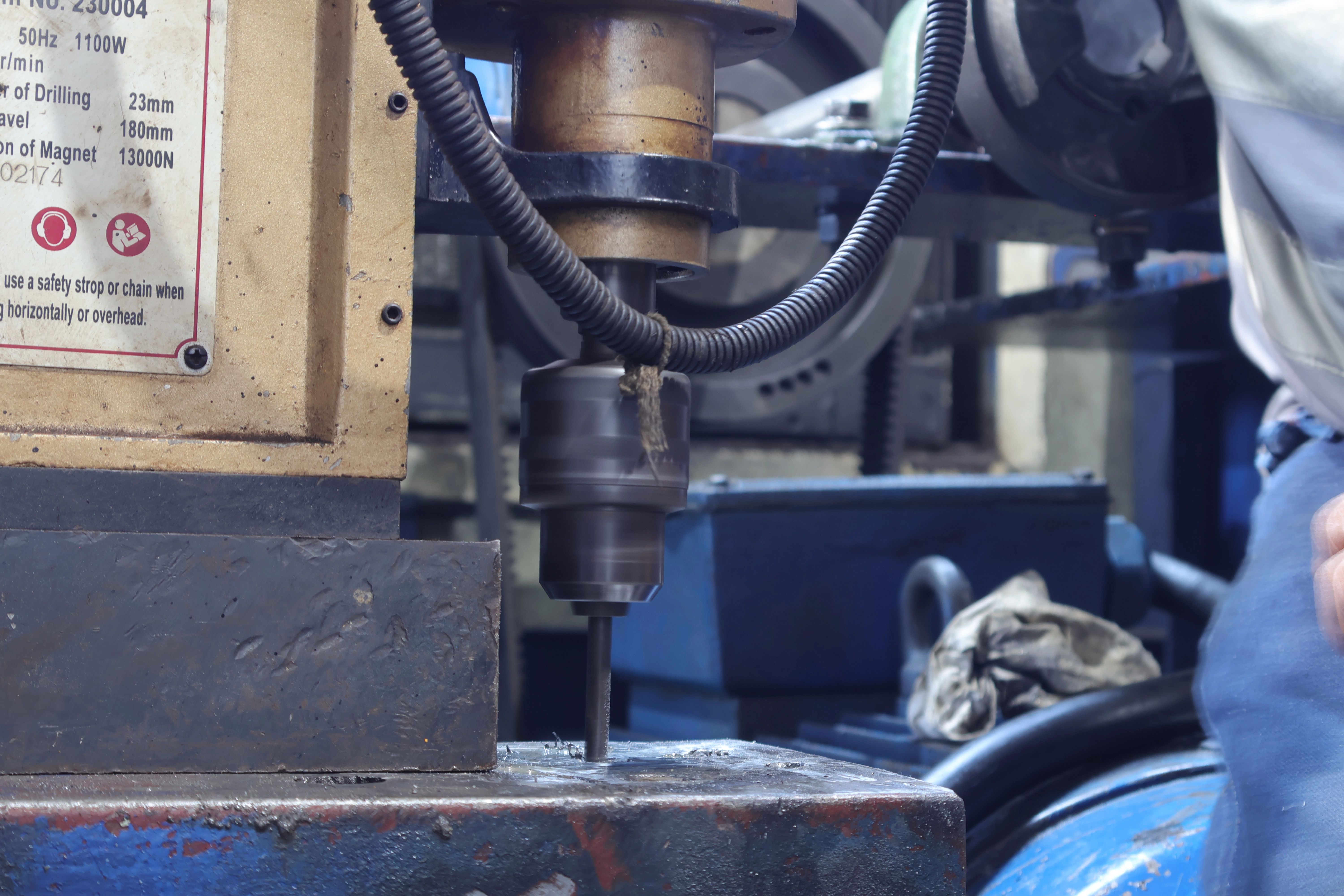Understanding the Basics of Magnetic Bases
RR
Introduction to Magnetic Bases
Magnetic bases are essential tools in various industries, providing a reliable and flexible way to hold and position items securely. Used extensively in manufacturing, machining, and even photography, these bases leverage the power of magnets to simplify complex tasks. Understanding how they work and where they can be applied is crucial for professionals and hobbyists alike.
These bases come in different shapes and sizes, designed to cater to a wide array of applications. Whether it's holding a dial indicator in place or securing a camera on uneven terrain, magnetic bases provide the stability needed for precision work.

How Magnetic Bases Work
At their core, magnetic bases utilize powerful magnets to create a secure attachment to metallic surfaces. The magnet's strength allows the base to hold heavy or delicate items without the need for additional clamps or fasteners. This makes them incredibly versatile and easy to use, even in tight or awkward spaces.
Most magnetic bases feature a switch that allows users to activate or deactivate the magnetic force. This feature provides flexibility, enabling quick adjustments and repositioning without hassle. The ability to turn the magnet on and off is particularly useful when precision is required.
Types of Magnetic Bases
Magnetic bases come in several types, each suited to specific needs:
- Standard Magnetic Bases: Ideal for general use, providing a stable platform for various tools.
- Adjustable Magnetic Bases: Feature articulated arms for greater flexibility in positioning.
- Heavy-Duty Magnetic Bases: Designed for larger, heavier equipment, offering extra strength and stability.

Applications of Magnetic Bases
Magnetic bases are widely used in different fields due to their adaptability and ease of use. In manufacturing and machining, they're often employed to hold dial indicators, gauges, and other measurement tools. This ensures precision and accuracy in complex machining processes.
In photography, magnetic bases are utilized to secure cameras and lighting equipment, providing stability even on uneven surfaces. This allows photographers to capture sharp, clear images without the need for cumbersome tripods.
Advantages of Using Magnetic Bases
There are several advantages to using magnetic bases:
- Flexibility: Easily adjustable and repositionable, making them suitable for dynamic environments.
- Efficiency: Quick setup and removal save time in fast-paced settings.
- Cost-Effectiveness: Reduces the need for multiple tools and fixtures, lowering overall expenses.

Conclusion
Magnetic bases are indispensable tools across various industries, offering a blend of strength, flexibility, and precision. Understanding the basics of how they work and the different types available can help users select the right magnetic base for their specific needs, enhancing productivity and efficiency in their work.
Whether you're a professional or a hobbyist, investing in a quality magnetic base can make a significant difference in the quality and ease of your projects. Consider exploring the diverse options available to find the perfect fit for your requirements.